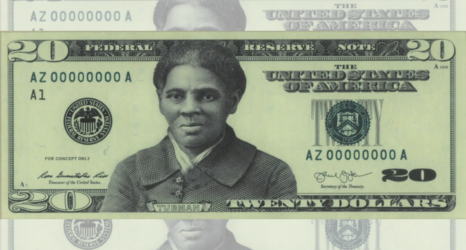“The textbooks when I went to school said women were given the vote.
We weren’t given anything. We took it.”
—Eleanor Smeal, president of the Feminist Majority Foundation
Emmy-winning producer Michelle Ferrari’s forthcoming two-part documentary, “The Vote,” examines the long-fought yet surprisingly unknown story of women’s struggle to secure the right to vote.
This two-part documentary comes at a crucial moment; it commemorates the centennial of the 19th Amendment (celebrated August 26) but also focuses on the divisions within the movement, injustices, obstacles and achievements—many of which, such as voter suppression, still ring true even in 2020.
The four-hour, two-part series, “The Vote”—narrated by Kate Burton and featuring the voices of Mae Whitman (Alice Paul), Audra McDonald (Ida B. Wells), Laura Linney (Carrie Chapman Catt) and Patricia Clarkson (Harriot Stanton Blatch)—premieres July 6 and 7 on PBS.
Ferrari is a critically acclaimed documentary screenwriter and story editor. Her work has been viewed on PBS, HBO, and at film festivals nationwide.
Ms. writer Jenna Ashendouek recently spoke with “The Vote” producer Michelle Ferrari about her motivations for making the film; the animating controversies that divided the nation in the early 20th century, from gender and race, to state’s rights and political power; and some of the unsung warriors of the suffrage movement.
Jenna Ashendouek: What were your motivations behind making this series? Why now? What do you hope viewers will take away from this series?
Michelle Ferrari: The series was not my idea. I have a very long relationship with American Experience, and they were looking to do something to celebrate the centennial of the 19th Amendment. I had a lot to do with developing the shape of the narrative.
That being said, I was very excited about the prospect of doing it in part because I knew very little about the suffrage movement. It should be said in that regard that I majored in American history in college. I have a graduate degree in American history, and yet I knew very little about the women’s suffrage movement. I figured, given my background in history, I couldn’t possibly be alone in that.
It is very exciting as a filmmaker to think of bringing a story that’s going to be new to a lot of people. I was motivated to make it in part because I felt that it was unknown.
It is the centennial of the 19th Amendment, which is a misunderstood event. I think the story of the women’s suffrage movement typically gets reduced to about a paragraph that starts in Seneca Falls in 1848 and ends in 1920 with American women being given or granted the right to vote. That paragraph obscures a very rich and complex 72-year history that really makes it clear that women were not given or granted anything. They fought and won.
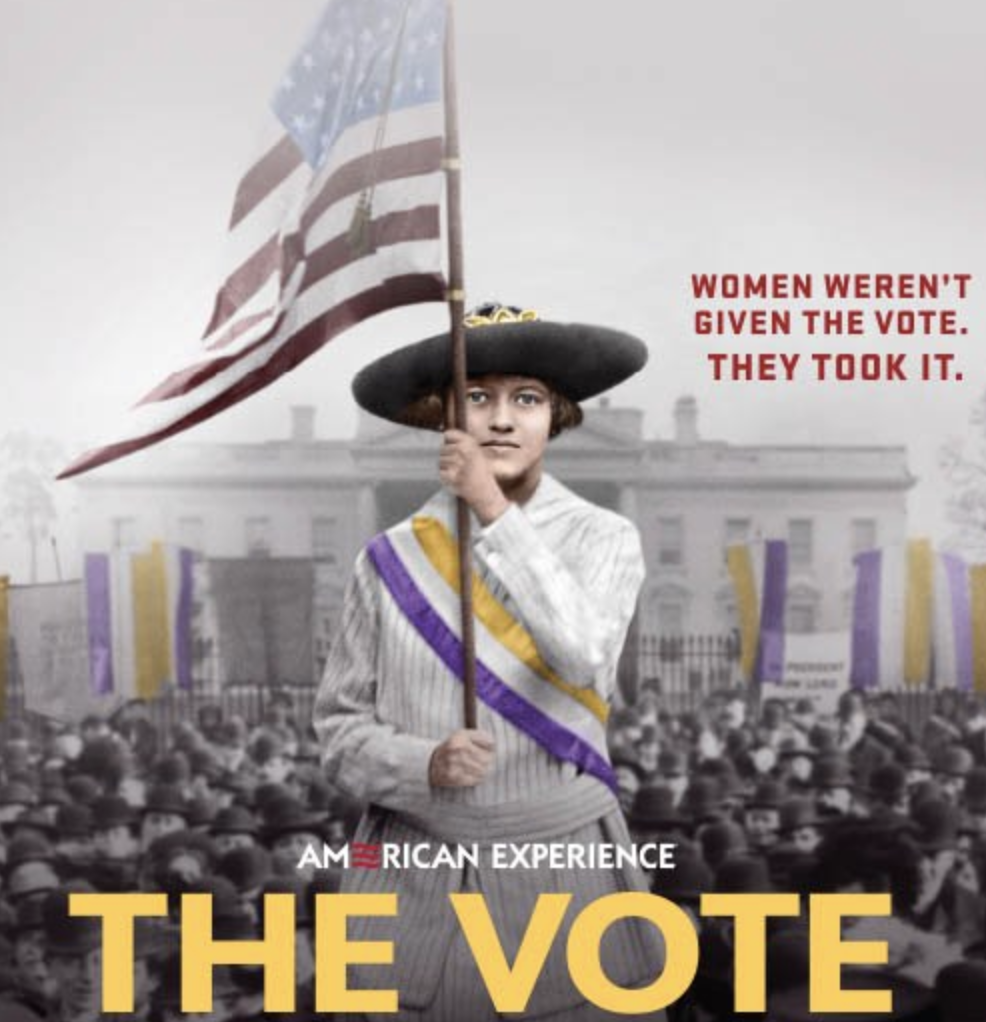
JA: A very common tool of patriarchy involves pitting women against women. Can you speak to how anti-suffragists utilized this tool to hinder the movement for women’s enfranchisement?
MF: There are so many instances in which women disagreed with one another about the path forward. There are so many splinterings of the movement over the 72 years, and there are so many kinds of anti-suffragists—including women themselves.
Alice Paul was arguably much more revolutionary in her approach. … She was more than a generation younger than Carrie Chapman Catt and infused with the spirit that she had brought back with her from the militant suffragettes in Britain. They very much disagreed over strategy and had little to nothing to do with one another once Paul made a break from the National American Women’s Suffrage Association. Catt publicly disapproved of Paul’s tactics in large measure because she felt they were hurting suffrage.
Once Paul started her more radical protests—particularly her pickets at the White House and her arrests—there was a lot of grousing on Capitol Hill among Congress about the National Woman’s Party.
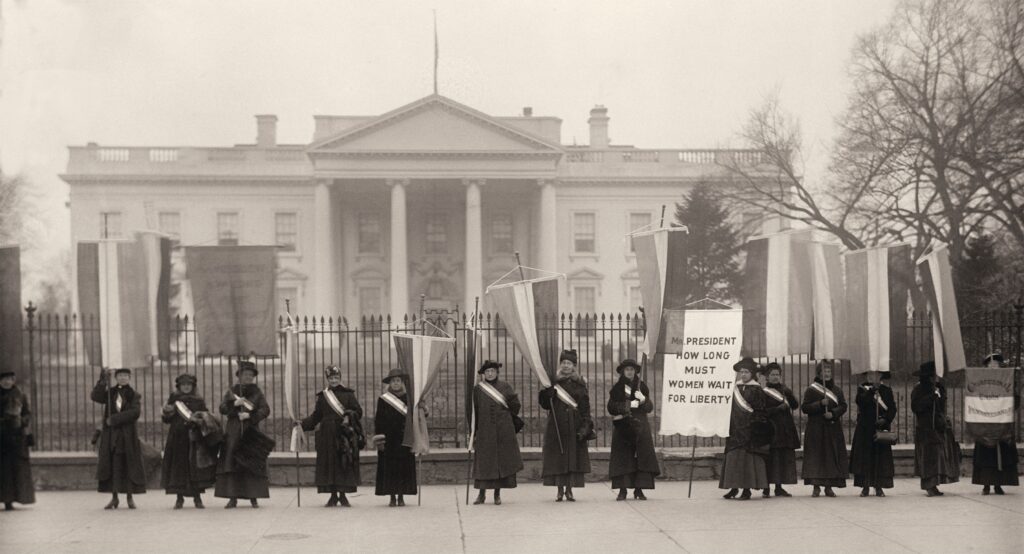
The feeling among the entirely male body was that Alice Paul and her troops were giving suffrage a bad name. Catt worried about that bad name.
In the end, as Ellie Smeal says in the film, “The moderate only looks moderate because there is somebody out front pushing the line a little bit further making a fool of themselves.”
Whatever was distasteful to the men in power about Paul’s tactics wound up serving the movement, in that it made Catt and her moderate lobbyist seem much more acceptable.

JA: The rise of intersectional feminism in the 80s was simultaneously ahead of its time and also long overdue in the suffrage movement. How was racism reimposed and furthered by the suffrage movement? Can you explain the logic behind such a now obviously problematic choice?
MF: The historian Martha Jones said in the series, in the period that we are looking around the turn of the century, the nation is still resolving the Civil War. “Racism was a political fact and a political strategy.”
Throughout the South, you have states that have imposed Jim Crow in large measure to keep Black men from the polls, to keep Black men from voting as they were entitled to do under the 15th Amendment.
The power structures in those Southern states were very much opposed to women’s suffrage because it re-opens the question of African Americans voting.
White suffrage leaders—beginning with Susan B. Anthony and running all the way through Alice Paul—were not above making accommodations for that political reality. They were prepared to leave their African American sisters out of the equation at times, reasoning as Susan B. Anthony did publicly, that once white women got the vote we would make everything okay for everybody. It obviously reimposed and furthered the racism of the moment instead of challenging it.
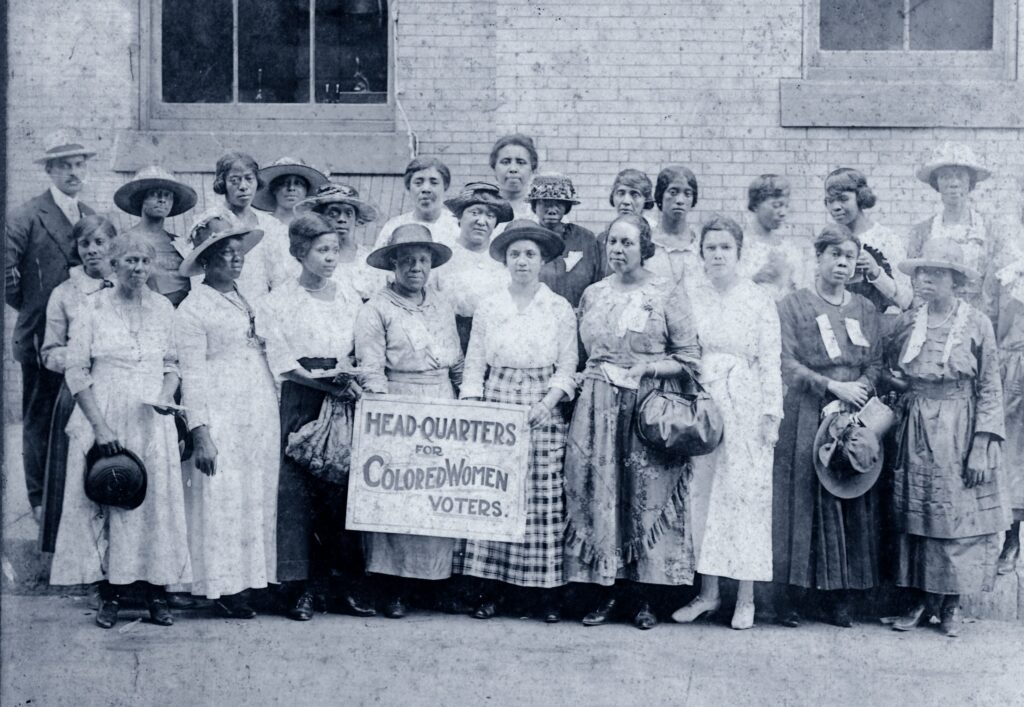
JA: How did the parallel movement in England differ from the American movement? How was it similar?
MF: The British [suffrage] movement had two factions as well.
It started a bit earlier than the one in the United States and, by the time you get to the turn of the century, was already entering a militant phase. A more militant wing, the Women’s Social and Political Union, had broken off. It was headed by Emmeline Pankhurst and her daughters.
Alice Paul encountered the Pankhursts when she was in England studying. She became a member of their cadre, did a lot of street speaking and was arrested.
The Pankhursts were trying to push the envelope. They were doing things that would get the attention of the authorities, get them arrested, put woman’s suffrage on the front pages of the newspaper and garner some media attention. Alice Paul learned tactics such as organizing parades, getting arrested, declaring oneself a political prisoner and going on hunger strikes. She and others—she was not alone in rubbing elbows with the Pankhursts—brought those ideas back to the United States.
The Pankhurst-inspired tactics really catalyzed the more militant American movement. For a while, they were running parallel. Ultimately the British movement became even more militant and radical. … They introduced more violent tactics, such as leaving bombs in mailboxes at the doorsteps of members of Parliament or pouring acid on golf greens. Those kinds of tactics were never introduced here. Alice Paul and Lucy Burns, her second in command, had a really intuitive sense that violent tactics wouldn’t play here but would rather be detrimental to the cause.
The militant wings of the two movements were very similar. They bore a lot of resemblance to one another. Moderate wings were similar as well. There were women who were engaged in patient lobbying, circulating petitions and submitting petitions to the legislature in both the United States and England.
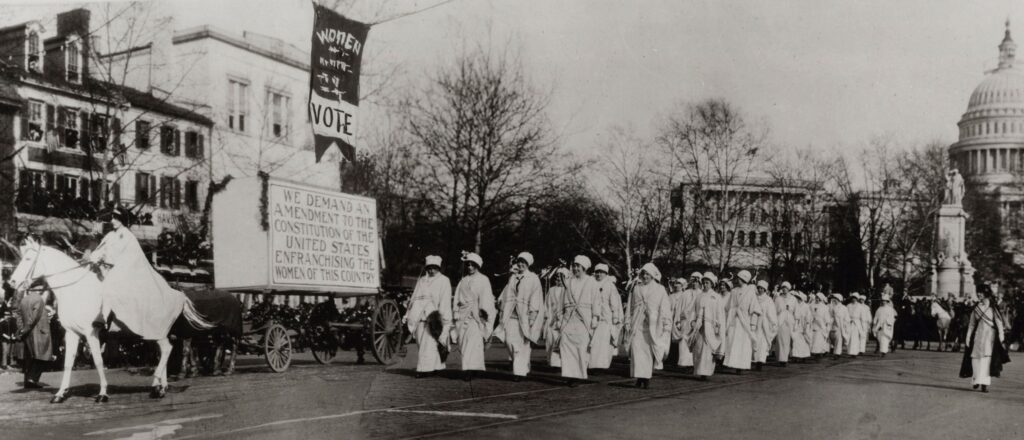
JA: In what ways did enfranchising women threaten white supremacy? Why was that a major concern for policymakers?
MF: If you are going to enfranchise women, you are enfranchising women of color too.
In the Southern states, the former states of the Confederacy, that was anathema. Not only because there was a feeling that Black women would be more recalcitrant and harder to bully away from the polls, but that it would be unseemly to do so. And simultaneously that it would reopen this question of Black men voting—as constitutionally they were supposed to be voting and the only reason they were not is the federal government had conceded the power to enforce voting laws.
The federal government basically said we leave the Southern states to themselves as a way of healing the wounds of the civil war. Anything that reopens those questions in the South was not going to get any political traction.
JA: Eleanor Smeal—president of Feminist Majority Foundation, which publishes Ms.—coined the term “gender gap” and has pushed to have a gender analysis included in polling and reporting to empower women’s votes politically.
Today, women are leading public opinion. For example, recent polling shows women’s overall disapproval rating of Trump at 61 percent, compared to men’s 44 percent—a 17-point gender gap! How did suffragists use the argument that women’s vote could alter the balance of power? And how was that received?
MF: Women used that argument in a variety of ways. There is the example of Alice Paul who took the tactics she learned from the Pankhursts to hold the party in power responsible for passage of the federal suffrage amendment. She threatened to harness the votes of the 4 million women in the west who were already able to vote in national elections and use them against the Democrats, the party in power. They held the presidency and both houses of congress.
In fact, that argument did not work out so well because women did not vote as a block. They did not put suffrage above everything else, as Paul’s strategy presumed they would. When she made the threats, it caused a lot of nervousness on Capitol Hill—but not so much that anyone came out for suffrage because they felt they were in danger of losing their seat.
When the election returns came in and the Democrats continued to hold power, the strategy was pretty much dismissed. More moderate women used the argument to say that they would, once they voted, enact certain social reforms. Again, this argument sort of backfires because the business interests who profited from the practices that women were promising to outlaw began to oppose women’s suffrage.
You have very concerted and de-pocketed opposition from the liquor industry, the garment industry—anyone who profited from child labor or the exploitation of women on the factory floor. All those suffrage opponents became a very formidable obstacle for the women’s suffrage movement. In promising to vote in a particular way, more often than not that argument hindered the movement rather than helped it.
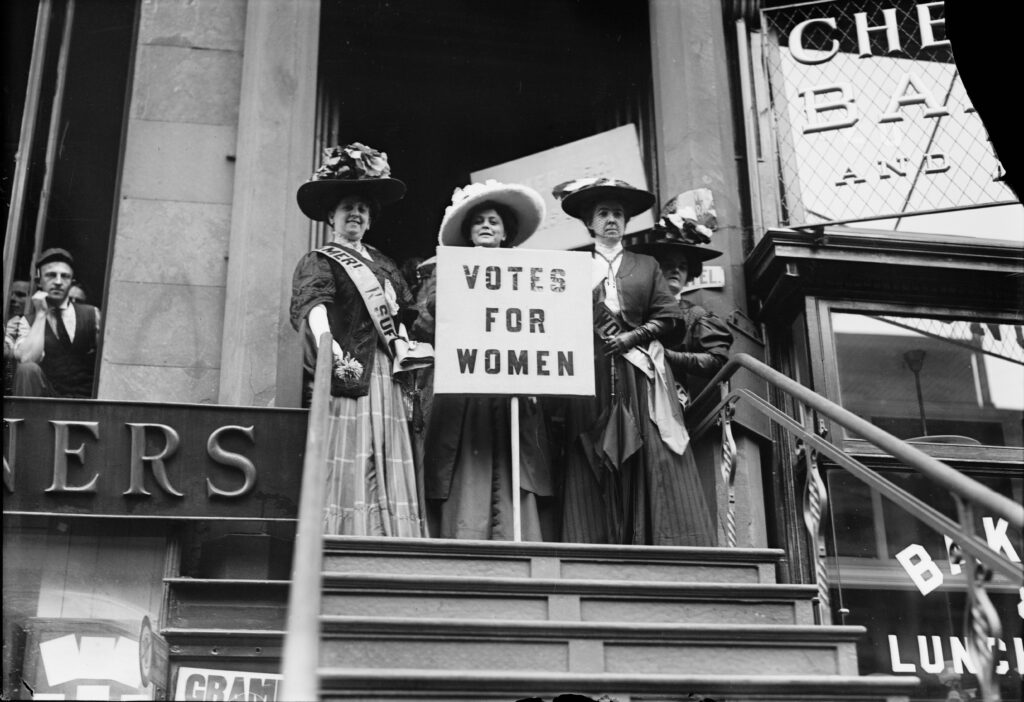
JA: Do you believe Americans today are experiencing similar rights violations as those women who fought for the 19th amendment? Who is still robbed of the right to vote? What tools do people in power—both then and now—use to silence or disenfranchise certain groups?
MF: Most certainly, Americans are deprived of the right to vote in many of the same ways. One of the things that was interesting to me in working on the film was coming to realize in a more enhanced, meaningful way that the Constitution, at least in its original form, does not address the right to vote and leaves voter eligibility entirely to the states.
So while the amendments to the Constitution prohibit discrimination on certain grounds, it is only a prohibition of discrimination on certain grounds. It is not a guarantee of the right to vote.
States are still free to infringe on the right to vote on other grounds unless challenged in the Supreme Court as unconstitutional.
Convicted felons are not allowed to vote; in many places, voting of college students is suppressed; and certainly, people of color are suppressed. That happens through a variety of means—most obviously and egregiously is gerrymandering which has taken place under every administration. Whoever is in power redraws the districts to serve their political ends but winds up disenfranchising minorities, generally speaking, or people who are not likely to vote the way the people in power want them to.





